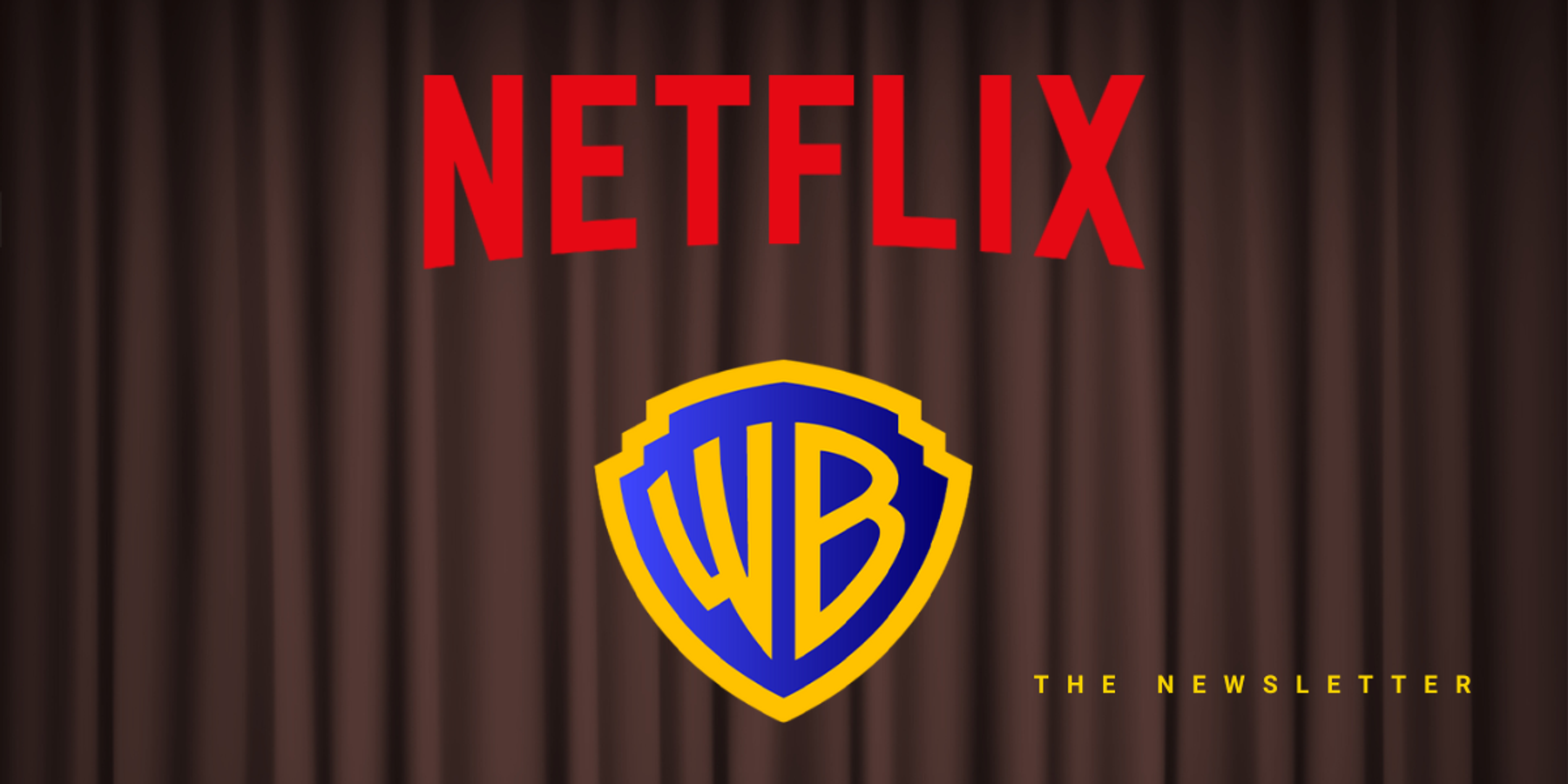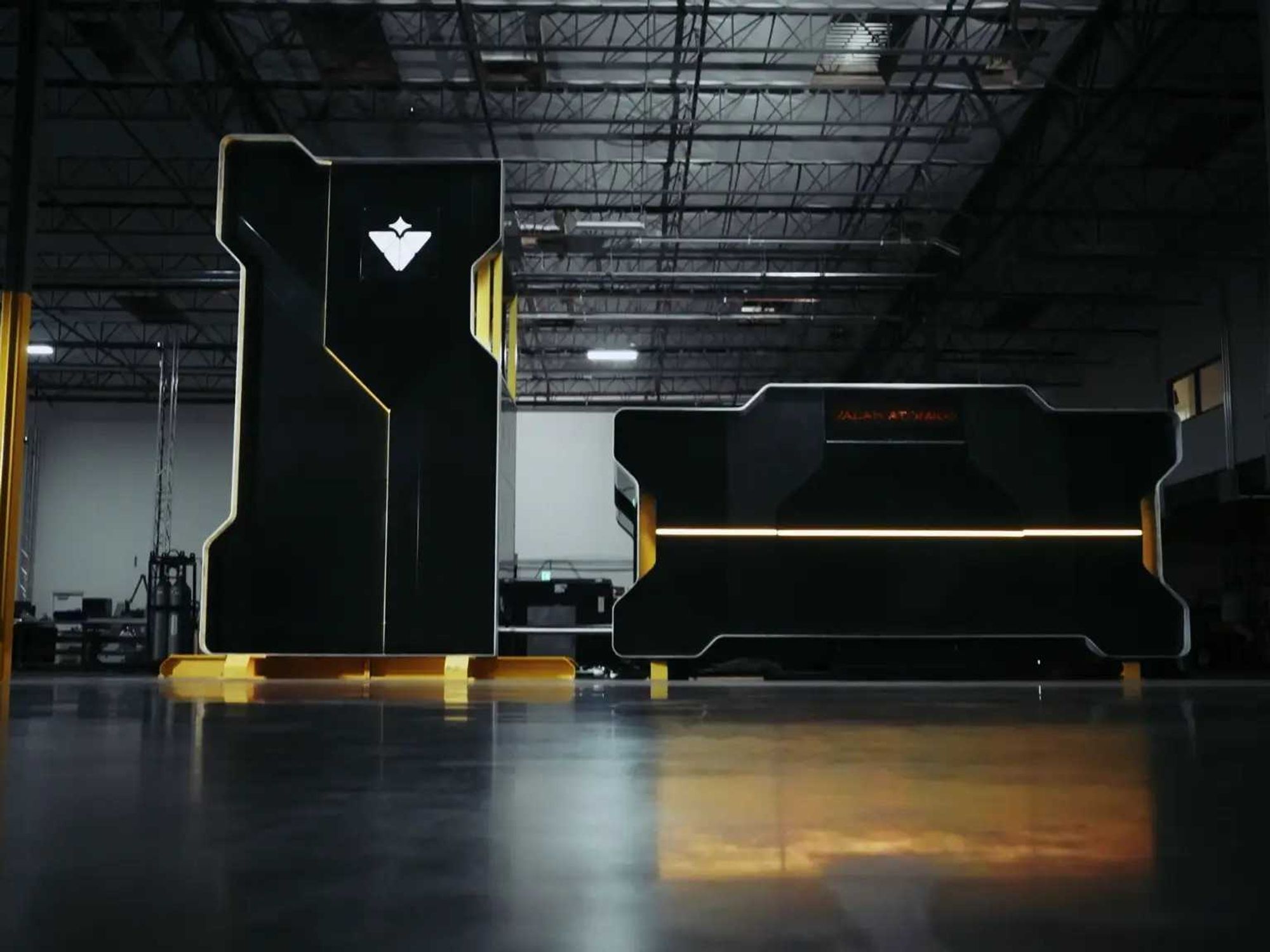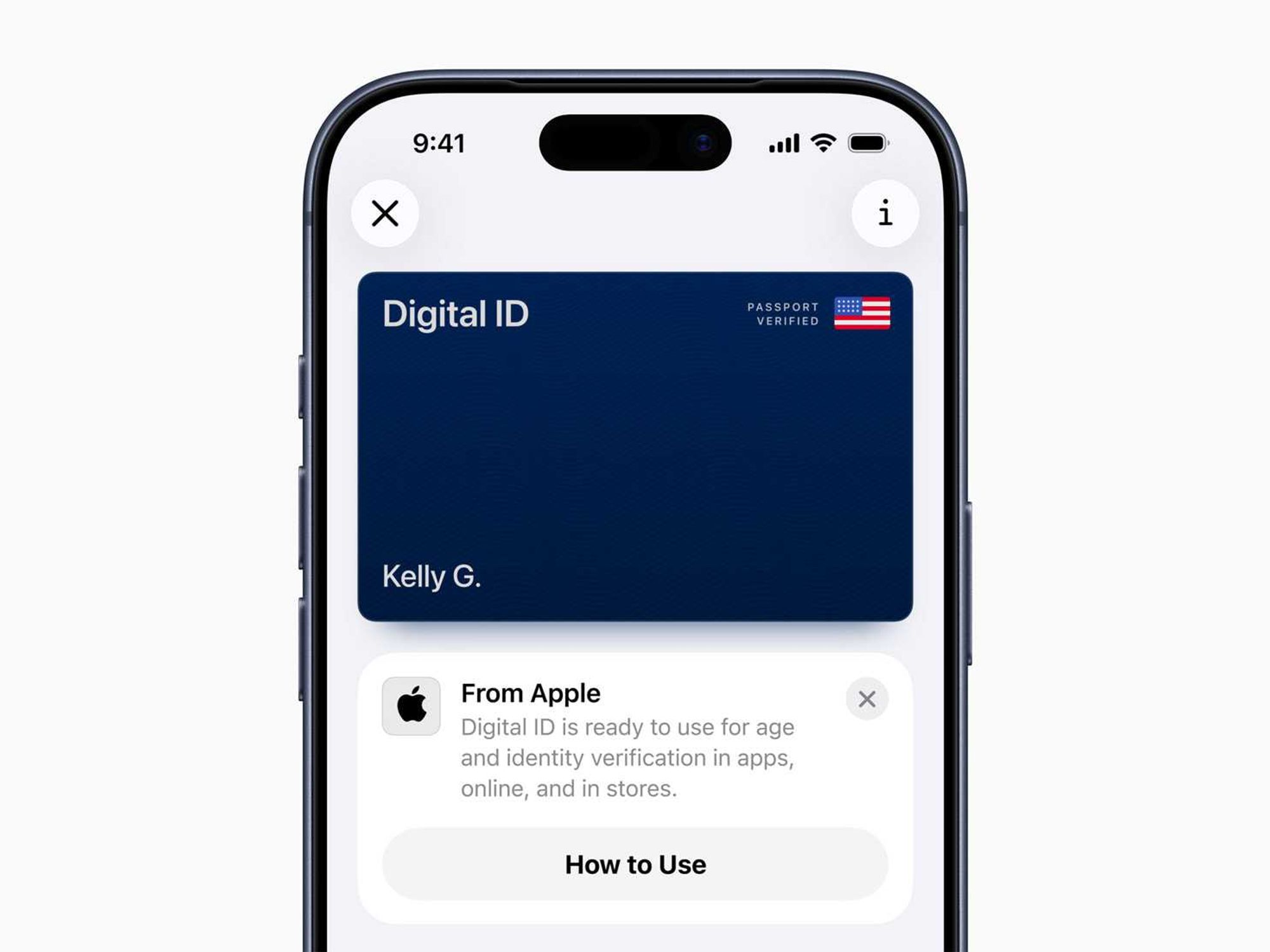Streaming Platforms Want to Gig-ify the Writer's Room. Will it Work?

As the Writers Guild of America (WGA) strike caps off its second week, one trope keeps bubbling up from picket line videos and interviews with concerned TV writers: the concern that TV writing is transitioning from full-time work into the “gig economy.” There’s real fear that the multinational conglomerates and tech unicorns that currently own the major Hollywood studios plan to do away with the idea of screenwriting as its own career, turning it into more of a freelance position or even a side gig.
Despite pushback from the Alliance of Motion Picture and Television Producers (AMPTP) that this is not their goal, and that TV writing jobs have “almost nothing in common” with gig work, there are definitely some early indications that studios plan to employ fewer writers on shorter assignments moving forward, as a cost-cutting measure.
Prioritizing efficiency and metrics-driven growth over traditional industry practices
On the most immediate level, it’s clear that companies coming out of the world of technology and moving into entertainment – like Netflix, Amazon, and Apple – operate with a very different governing philosophy than the Hollywood studios of old. Even through the 1980s and ‘90s, the film and TV industry was relatively small, a tight-knit community with a lot of its own odd traditions and ways of doing things. 21st Century tech companies have little interest in working this way; the market demands constant exponential growth, achieved in part by pursuing maximum efficiency.
That efficiency means dropping costly full-time workers when you can functionally replace them with less expensive freelancers. While the Warner Bros. of the ‘80s and ‘90s was largely in the business of forming relationships with top-name creative talent, in the hopes of collaborating with them on future projects, Warner Bros. Discovery of 2023 is looking purely at metrics like subscriber counts and churn rates, trying to push them in the right direction by any means necessary.
Shorter seasons, fewer writers, and the rise of "mini-rooms" for creative collaboration
In fact, many of the WGA’s current demands specifically respond to real changes in the entertainment industry over the past 5-10 years, as viewership transitioned from network and cable TV to streaming platforms. While network and cable TV seasons often stretched out into 20 or more episodes, streaming seasons are shorter, typically coming in between 6 and 10 episodes.
Naturally, studios seeking to produce the maximum amount of content for the minimum amount of expenditure recognized fewer episodes require fewer writers to produce. This goes hand-in-hand with new contracts paying writers per episode, rather than per week in a writers room. Again, cost-saving for the studio, but this makes it more difficult to put a full-time writing career together, and it leaves writers uncompensated for creative work they’re doing other than actual script-writing, like brainstorming and pitching ideas and fine-tuning jokes or bits of dialogue.
These changes led to the advent of what have been dubbed “mini-rooms.” A full 20+ episode season of a legacy network show like “Law & Order” might have a dozen or more writers working collectively, with seasoned veterans mentoring younger proteges through the scripting and the producing process. But a shorter streaming show might have only a handful of writers. Mike White writes HBO’s “The White Lotus” entirely by himself. Jon Favreau wrote nearly all of Season 3 of “The Mandalorian,” crediting co-writers on just three episodes, one of whom was his co-creator, Dave Filoni.
Obviously, this means fewer jobs for Hollywood writers, and it makes breaking into the industry for an up-and-coming talent exponentially more difficult. If a showrunner gets to hire a full writers room for their new project, they will likely diversify, selecting some senior writers they have collaborated with before along with a few fresh voices to mix it up. But if a showrunner only gets to bring in 1 or 2 helpers to complete a job quickly, they’ll likely just stick with former colleagues or other seasoned pros. So how do the promising young writers land their first gigs?
What the pursuit of efficiency means for the creative process
A recent Twitter thread from animation writer Liz Hsiao Lan Alper provides some on-the-ground insight into how these deals are made in present-day Hollywood. Alper claims that she was offered $9,000 by Netflix to lay out the story for an entire season of a new animated TV show, and that she’d be given a single weekend to come up with the story. Netflix would then have the option of hiring her to work as a writer on the show moving forward, but only on a freelance basis.
For Netflix, this is the most effective and efficient way of generating content for their platform, rather than compensating writers to spend weeks in a room with several colleagues coming up with storylines. Even if it produces a show that’s somewhat less satisfying for viewers, well, so long as subscribers still tune in, that might not even be reflected in the data. (Audiences don’t know before they hit play whether or not they’re going to like a show, and it can take months or years before it’s clear that fans are moving away from a franchise or platform because of a dip in quality.)
It’s also relatively easy to see how artificially intelligent chatbots could fit in to the studios’ plans long-term. While ChatGPT’s present inability to construct a good sitcom joke probably means it won’t be writing full TV scripts any time soon, tech companies are obviously thinking about writers rooms more generally as a factory floor. They don’t want to fire all the humans; just replace some of them along the assembly line with robots. Maybe ChatGPT comes up with ideas which human writers then fine-tune? Maybe ChatGPT comes up with premises that human writers then flesh out? This sort of thing.
Writing a TV show isn’t like delivering Postmates or driving an Uber
Screenwriting is not a gig someone can take up for a few months, try out, and then move on to the next app; it takes years of practice and fine-tuning to become an expert who can write a show that’s not just properly formatted, but inspirational or hilarious or genuinely moving.
The tech and media industries’ attempts to streamline their production pipeline and churn out more content for less investment have made it all but impossible for newer writers to actually build a full-time writing career. Which could have longer-term implications, not just for writers themselves, but also for the platforms that rely on their stories and ideas.
Long before the WGA strike, Hollywood was already discussing what’s become known as the “Showrunner Apprenticeship Problem.” Essentially, if up-and-coming writers don’t get a chance to work with seasoned veterans, following the process of making a show not just from conception to scripting but production and post-production as well, how will we train the next generation of showrunners who are responsible for shepherding shows through this process?
Long-time producer and showrunner Shawn Ryan – whose previous shows include “S.W.A.T.” and “The Shield” – pushed back against a number of these changes with his new Netflix series, “The Night Agent,” insisting on a budget for a full staff of writers, and the opportunity to bring these writers to set and walk them through the ins and outs of the producing process. The show now ranks among Netflix’s most popular English-language series of all time, indicating that there may be some truth to the idea that more writers spending more time on scripts produces superior results.
- The WGA Strike is About a Lot More Than Just Money ›
- Don't Ask Chatbots for Movie Pitches. WGA Goes on Strike to Keep ... ›
- Why the Latest Hollywood WGA Strike is Unlikely to Spark a Digital ... ›
- What the WGA Strike Means for the Future of Writers - dot.LA ›




 Image Source: Perelel
Image Source: Perelel
 Image Source: Valar Atomics
Image Source: Valar Atomics Image Source: Waymo
Image Source: Waymo Image Source: Apple
Image Source: Apple